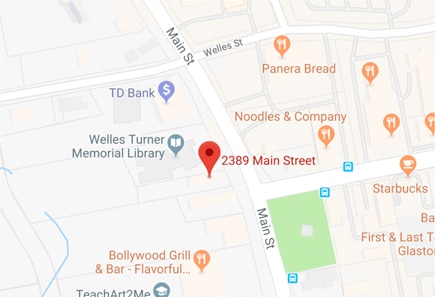
Donald Trump and Kamala Harris represent two contrasting approaches to addressing senior issues in the United States, reflecting their broader political ideologies and priorities. As the former President and the current Vice President, their positions on matters affecting the elderly reveal not only their policy preferences but also their visions for the future of American society.
Donald Trump, during his presidency and continuing into his post-presidential years, has emphasized a pro-business approach that he believes will ultimately benefit seniors. His administration focused on tax cuts, deregulation, and economic growth, arguing that a thriving economy would lead to increased job opportunities and better financial security for all, including seniors. One of his significant legislative achievements was the Tax Cuts and Jobs Act of 2017, which he claimed would stimulate economic growth, potentially benefiting retirees through improved markets and investment opportunities.
However, Trump’s administration faced criticism regarding its handling of Medicare and Social Security. While he pledged not to cut these programs, critics pointed out that some of his proposals, such as reducing funding for Medicaid, could disproportionately affect low-income seniors who rely on these services for healthcare. Trump’s approach to senior issues often focused on promoting individual responsibility and personal savings, advocating for policies that encourage investment in private retirement accounts rather than expanding government programs.
In contrast, Kamala Harris has positioned herself as a champion for seniors, with a strong focus on expanding access to healthcare and improving Social Security benefits. As a member of the Senate, she co-sponsored legislation aimed at protecting Medicare and Social Security from cuts, reflecting her commitment to maintaining these essential programs. Harris has advocated for lowering prescription drug prices, which is a critical issue for many seniors who often face high medication costs. Her plans include allowing Medicare to negotiate drug prices directly with pharmaceutical companies, a move aimed at reducing financial burdens on older Americans.
Harris also emphasizes the need for social safety nets and has proposed expanding benefits for seniors, focusing on issues such as caregiving support and affordable housing. Her approach recognizes the challenges faced by an aging population, including the rising costs of living and healthcare. By advocating for increased funding for programs that support seniors, including those that provide in-home care and community services, Harris aims to create a more inclusive and supportive environment for older adults.
Furthermore, Harris’s background as a former Attorney General and her focus on social justice issues inform her approach to senior health and economic security. She has highlighted the disparities faced by seniors of color and low-income seniors, advocating for policies that address these inequalities. Her commitment to equity extends to her proposals for improving access to transportation and technology for seniors, recognizing the importance of connectivity in today’s world.
Donald Trump and Kamala Harris present divergent visions for addressing senior issues in the United States. Trump’s focus on economic growth and personal responsibility contrasts sharply with Harris’s advocacy for robust social safety nets and equitable access to healthcare and support services. As the population of seniors continues to grow, the policies and priorities of leaders like Trump and Harris will play a crucial role in shaping the future well-being of older Americans. Their differing approaches serve as a reflection of the broader political landscape and the ongoing debates about the role of government in supporting its aging citizens.





